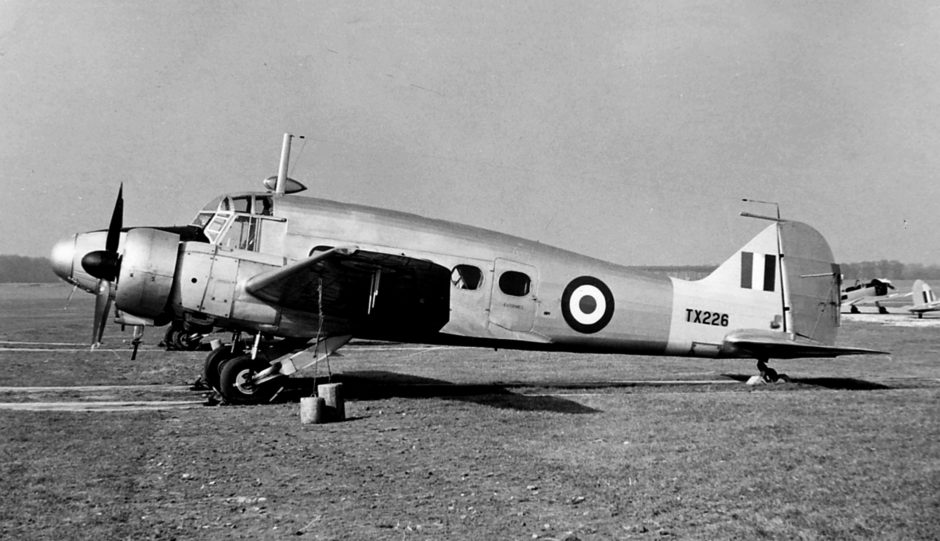An iconic Second World War aircraft nicknamed ‘Faithful Annie’ is being brought back to life in Montrose.
Work has started on restoring the Avro Anson to its former glory.
The C.Mk.19 was purchased in 2017, along with original parts from a plane enthusiast in Coventry.
Montrose Air Station Heritage Centre’s agreement to take over one of ‘Major Burke’s Sheds’ has allowed volunteers to move the Avro Anson there.
Volunteer Brian Crozier, 79, said there are only 33 left in the world and described the Avro Anson as “much rarer than the Spitfire”.
The plane has been stripped back to the “bare bones” as part of the “huge project” which could take up to 10 years to complete.
Mr Crozier said: “We have stripped it back to the frame and we want to get it up to museum standard.
“This is something that we want to preserve for future generations and it could take eight to 10 years to complete.
“It’s a very exciting project and although I’m 79, it’s one that I hope to see to a conclusion.
“It’s a pure labour of love for the volunteers and it’s of great interest to me personally because I have a military background.
“I was in the Royal Navy and aircraft has been in my life for the past 30 years.
“I’ve previously worked on the restoration of aircraft from the Tiger Moth right up to the Phantom F4K.”
Mr Crozier said 11 of the 33 Ansons still in the world can fly and the rest are museum exhibits.
“Montrose is very lucky to have one,” he said.
“It will never fly unless we get a grant for £2 million but it’s going to look magnificent.”
Thanks to its rugged reliability throughout the Second World War, the Avro Anson aircraft was affectionately nicknamed ‘Faithful Annie’.
The Anson first made its appearance at Montrose as a warplane and equipped No 269 Squadron, Coastal Command, which was based at Montrose at the outbreak of war in September 1939.
Ansons were soon on anti-submarine patrols over the North Sea.
It was on one of these patrols that the Anson, piloted by Flight Lieutenant “Tiny” Burrell, was in combat with a German Dornier flying boat.
Burrell was killed by a shot through the windscreen of the aircraft.
Tiny was a big man but his navigator, Sergeant WE Willits, managed to pull his body out of the pilot’s seat, regain control and fly the crippled aircraft 140 miles back to Montrose.
For his heroic action in saving the aircraft and its crew, Sergeant Willits was awarded the Distinguished Flying Medal, the first of the Second World War, pinned on his tunic by the king .











